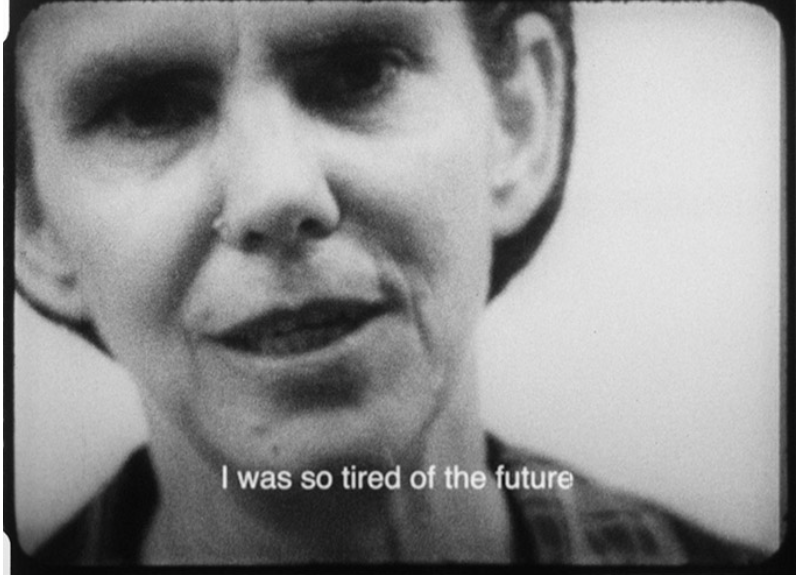One of the largest contributing factors in the evolution of society within the digital age is the use of digital databases and archives. The Internet, seen as the largest database accessible to the public, encompasses a multitude of online archives and directories. The database can from a literal sense be seen as a collection of data, organized and stored electronically, or as a metaphorical archive of images and information that is ever-evolving and continuously updated.
One of the biggest misconceptions of living in a post-humanist world, which aims to deconstruct the notion of what it means to be human in this new technological context, is that we are somehow blurring the lines of the culturally constructed dualism that inherently exists in all aspects of society. Technology has made it easier to deconstruct pre-existing boundaries, but at the same time deepens these divides.

Jeremy Shaw is a Canadian artist, based in Berlin. His short film trilogy, titled, ‘Quantification Trilogy’ explores a vision of futuristic societies, in which the digital has completely taken over the human way of living. The earliest piece from 2014, called, ‘Quickeners’ is set 500 years into the future, where there no longer exists a human race as we know it, but an immortal species of cyborgs that have stemmed from humanity over time. These Quantum Humans are immortal and omniscient, thanks to their connection to the database “the Hive”, in which all of human history is stored. Some cyborgs, however, are affected by Human Atavism Syndrome, which causes them to disconnect from the Hive, affecting their speech and place in society.
This vision, although unrealistic, is not entirely unprecedented. Depending on one’s access to digital databases and other cyber archives, people’s positions in society can be entirely determined based on how and where they get their information from. This is not only true for shaping political views and other opinion’s on what is right or wrong within our society, but can also have tangible ramifications in determining peoples livelihoods, such as housing, jobs or education.
One of the aspects of Shaw’s artwork that stands out the most in relation to the present is the representation of the outliers of mainstream society or, within his vision, those disconnected from the database. So, those groups within culture that are oppressed by the prevailing and dominant set of ideals. This relates back to the notion of dualism that is supposedly outdated in our post-human world. Donna Haraway, in her essay titled, ‘The Cyborg Manifesto’, criticizes the generally Western notion of humanism that implies a dualism in and of itself, such as that between man and machine, or nature and technology. According to Haraway, in this age of technology we find ourselves in, the boundaries within society have transfused. Similarly to Jeremy Shaw, the author elaborates on this critique through the example of the concept of cyborgs. This fusion of man and machine does not need an origin story, the way that existing cultural divides do. Therefore, a cyborg cannot be inserted into this dualism. She adds that the same applies for women, people of color and other oppressed members of society. In this time of globalization that is heavily associated with technology and connectivity, we can no longer explore the world through dualistic representations of gender, religion or other ways in which we define what it means to be human, and therefore, one’s role in society.
Although in many ways Haraway’s theory exemplifies the nature of humans in today’s digital world, with access to online databases and archives allowing dualisms and boundaries within society to be blurred, it does not elaborate on the new limitations it creates for those whose access to certain aspects of the digital are restricted.



Recent Comments